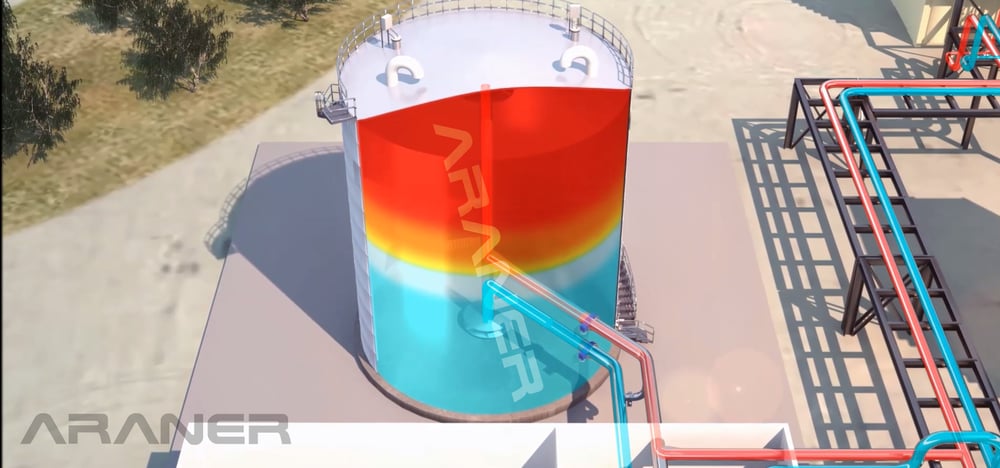A recent report by the United Nations, specifically the Department of Economic and Social Affairs, projected that cities globally will absorb 2.5 billion more people by 2050. Owing to the dynamics that are associated with such a transformation, cities are going to face a myriad of challenges. Traffic congestion, rampant environmental pollution, health issues and energy insufficiency are a few examples. No one wants to imagine the kind of impending crisis, because even the supply of basics resources is set to become problematic. Experts have been pondering about this issue for some time now, and they seem to have settled on a great idea- the smart city concept. This year, the Smart City Expo World Congress takes place at the Gran via Venue, Barcelona from the 17 th to 19 th of Nov 2020. Worldwide industry leaders, policymakers and entrepreneurs have been holding this event since 2011, their aim being to further the smart city concept among other sustainability ideas. Of course, the discussions around the smart city concept would not be complete without the energy topic. The threat of climate change calls for focus on energy. That cities contribute more than 60% of greenhouse gas emissions and energy consumption globally is a leading reason why people are talking about power requirements in smart cities. At ARANER, we pride ourselves in the way our District Cooling and TES tank solutions are furthering the Smart Cities efficiency agenda. Let us delve into this crucial topic more.
Energy Efficiency: The Inevitable Fuel for Smart Cities
It is not a secret; smart cities need a lot of power. These megacities carry innumerable subsystems. Data collection, movement of people and many other activities within these subsystems require energy. Smart Cities efficiency and reliability of power are necessary ingredients for viability of these projects. Smart cities must be in the forefront in enhancing application of energy efficiency solutions such as district cooling, district heating and TES technology.
 Fig 1:
Fig 1:
A TES Thermocline in the charging process This strategy will enable these projects to meet global climate targets. In Asia for instance, the urban environment is transforming, with smart building management systems taking effect. These systems aim to increase energy efficiency, among other improvements. Smart technologies for cities are evident in Manila, Kuala Lumpur, Singapore and others. It is pleasing to see such efforts being put in place, as this gives prospective smart cities a benchmark to align against.
However, we can all agree that more efforts are needed if the idea of energy independence is to be exploited optimally. One of the best answers is an interconnection of heating and cooling energy at the city level.
TES Technology as a Smart City Solution
Thermal energy storage has already been used successfully in urban settings for air conditioning purposes. Indeed, energy storage is considered a reliable solution in the furtherance of the smart city concept. The technology is so befitting and natural to smart cities that some cities across the world have decided to try it. Intelligent Thermal Energy Storage solution for peak hour coverage is being applied in some cities by using the Internet of Things (IoT). Certain districts in the United Arab Emirates, more precisely in Dubai, have already implemented their first networks with smart District Cooling systems. The government of Thailand has identified Phuket, a mountainous island, as the country’s first official smart city. Less than two years ago, Phuket City Development and a leading solar energy solutions firm signed an agreement for clean energy development plan. Part of the collaboration is establishment of energy storage in the smart city. The integration of intelligent TES technologies with Smart Cities will offer users electricity that is more efficient. For its remarkable energy efficiency, District Cooling has become a sustainable solution for high-density buildings. Thermal Energy Storage is a valuable technology for District Heating and District Cooling applications.
Conclusion
Population growth and the pursuit of higher quality life can only mean one thing for thermal energy storage technology- increased demand for several decades to come. Smart cities are slowly becoming the norm, and with them are interesting technologies that include TES tank. For a company that has done TES tank design for many years, the upcoming challenges can only be fascinating. If you would like to check how we handle TES and how the technology can suit Smart Cities efficiency, please download this case study.










